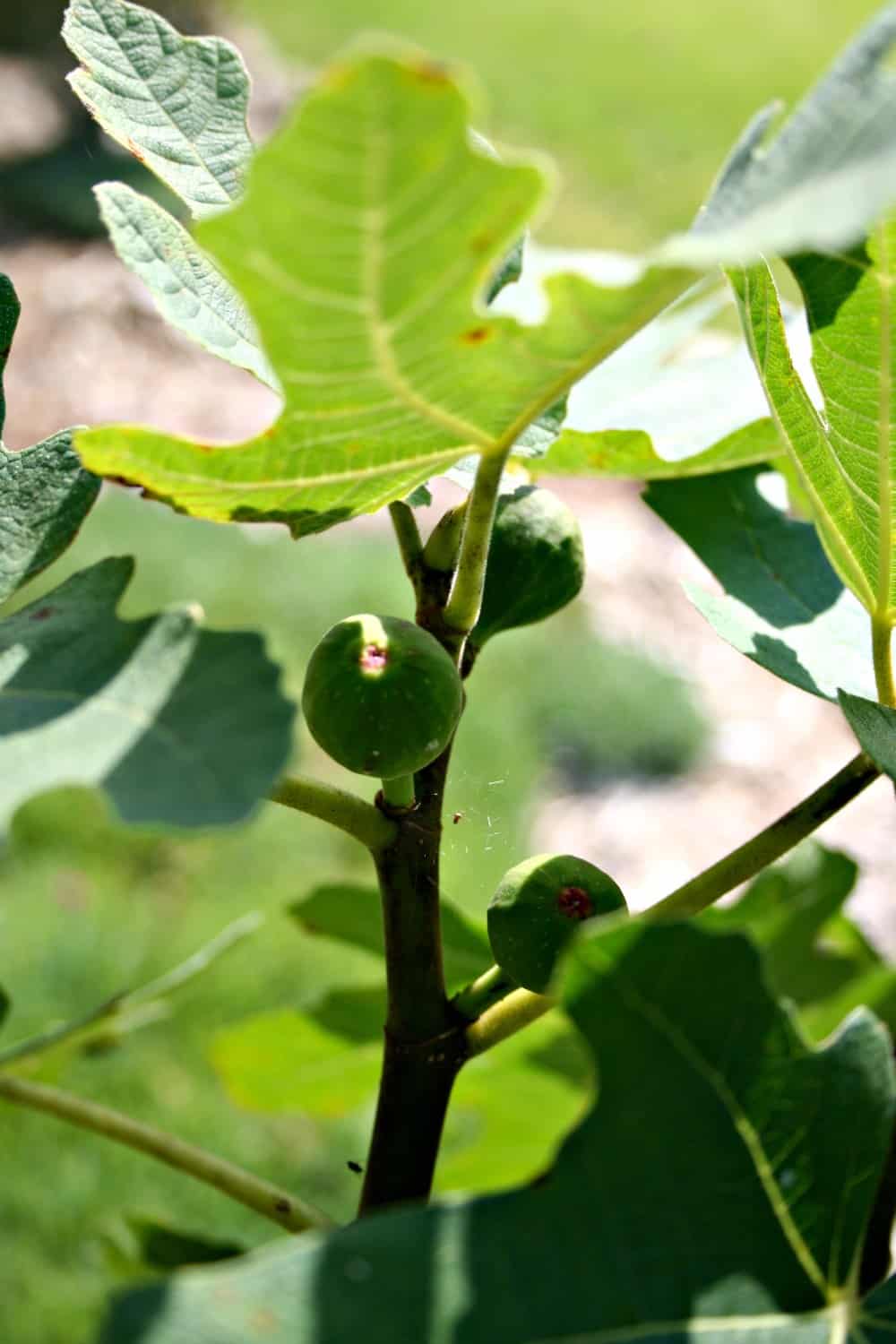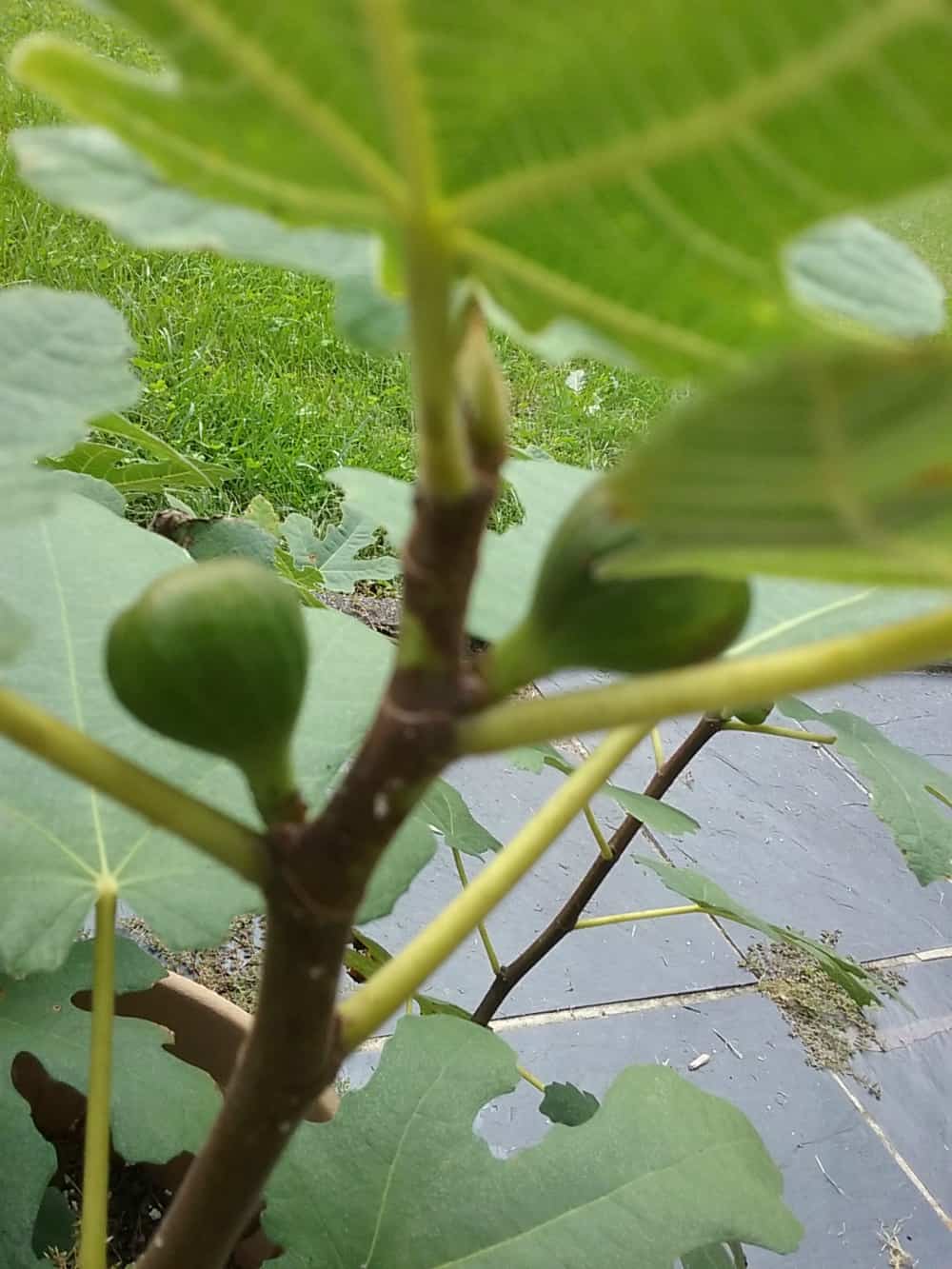Growing figs in my backyard (or now in my front yard) isn’t just a dream. It’s a reality. My three Chicago Hardy fig trees are growing strong and two have produced figs!
Growing Figs: Surprise, You Have Fruit!
I didn’t know much about growing figs when I embarked on this particular gardening adventure. I just knew that I love fresh figs. The first time I tasted fresh figs in New York when a coworker brought some into work, I was smitten. I knew then and there that anytime I could grow my own fresh figs in the future, I would.
It took me several years before I chose the Chicago Hardy fig tree. I chose it because of its cold resistance. I did not want to fuss with wrapping up my trees to protect them against winter frosts, ice, and snow.
The Chicago Hardy fig is supposed to be heat and drought resistant, a plus here in Virginia. It’s also marked for zones 5 to 10. A native of Sicily, Italy, it is known to rebound quickly if it dies back in the winter and develops figs on new growth just as quickly.
Do Figs Have Flowers?
Yes and no. The Chicago Hardy fig is among three types of fig trees. It is called a common fig and it does not flower. It produces self-contained fruits with both male and female part on new growth.
Surprise! We have baby figs 🙂



According to many of the websites I consulted, you definitely get figs with just one plant. Many say that if you have additional plants you’ll get more figs. I can’t figure out how that works. If the plant is self-fertile, why would having more trees of the same variety influence the quantity of figs? I need to research this more but if any of my readers have an answer, leave a comment.
The figs should take a few more weeks to mature to purple, golfball-sized fruits. I can’t wait!
Everyone who has grown figs warns me about squirrels getting to them. Our fig trees are in pots right next to the front porch where our outdoor cats like to lounge so I doubt squirrels will get past them.
This is my first year growing figs and the little trees sure surprised me. I can’t wait to see what they have in store for me next year when they grow a little bigger!




